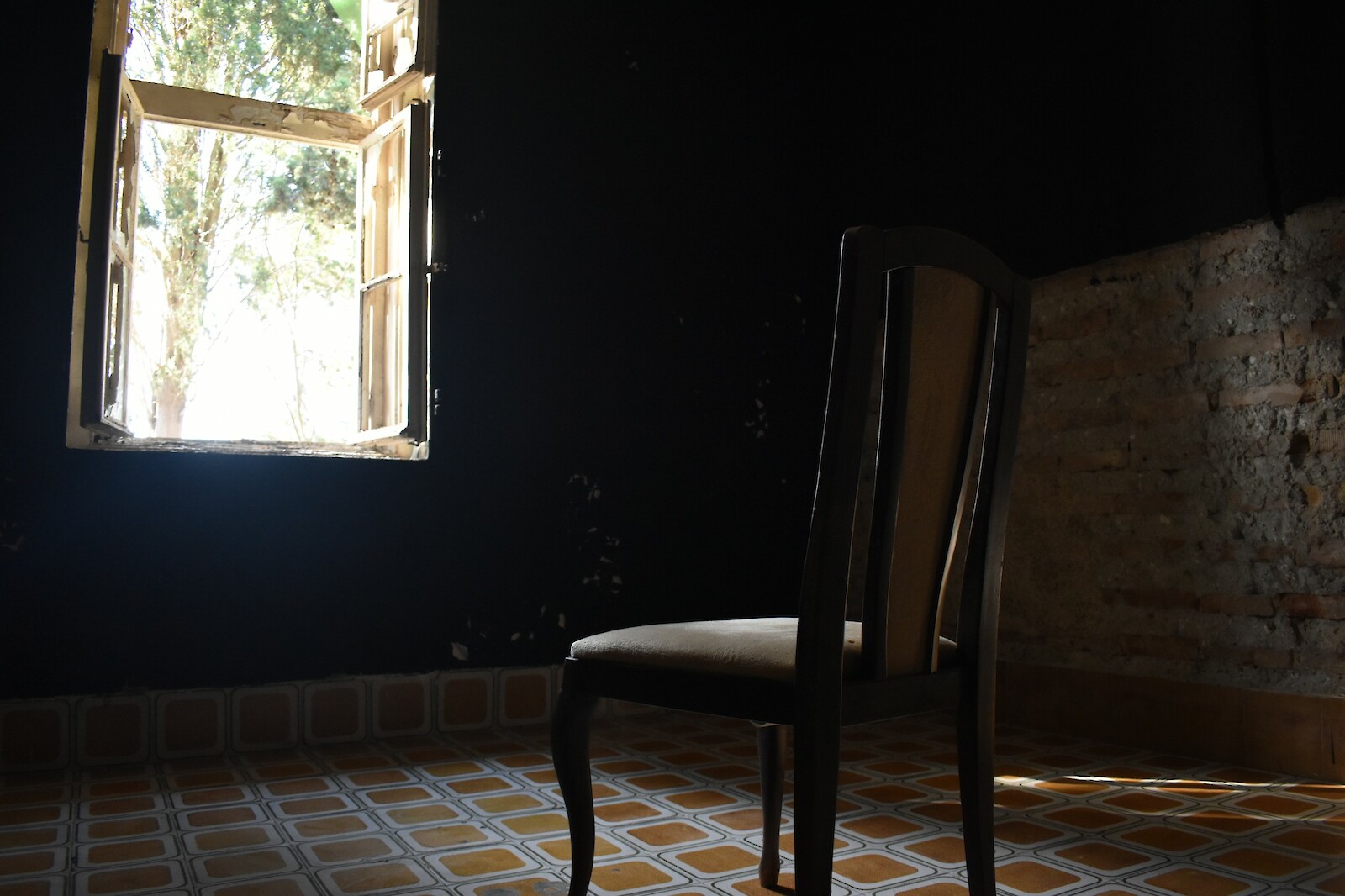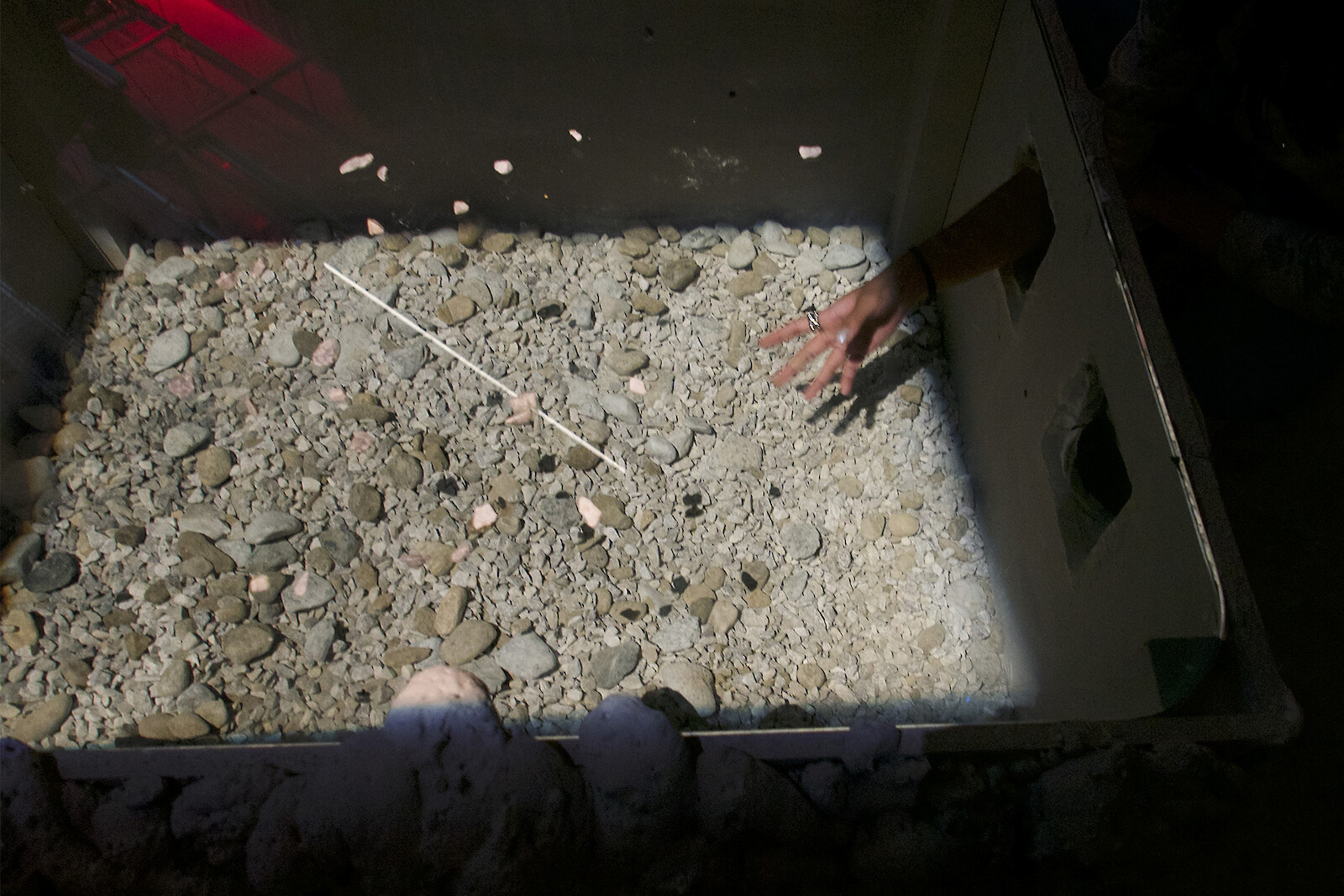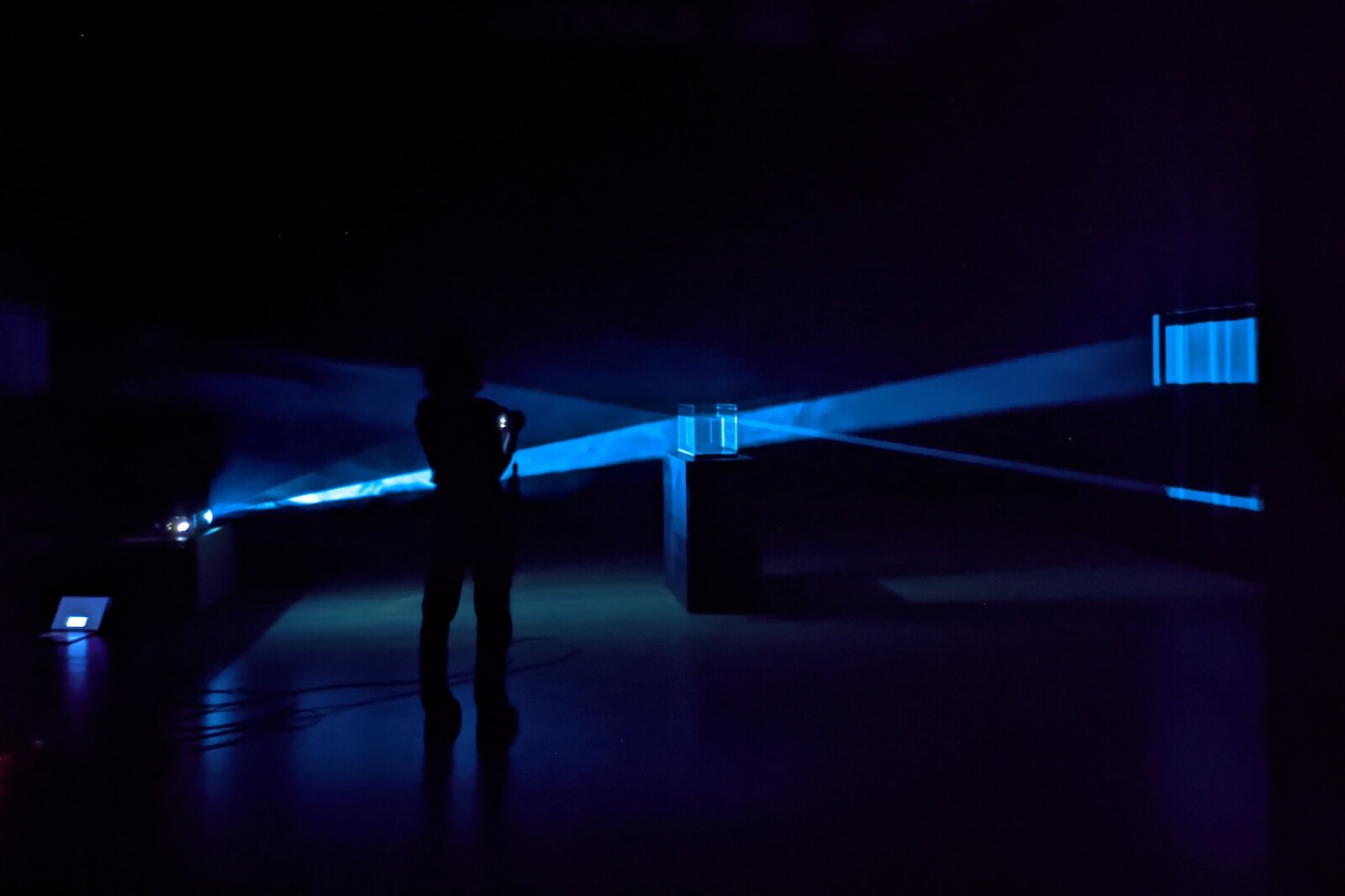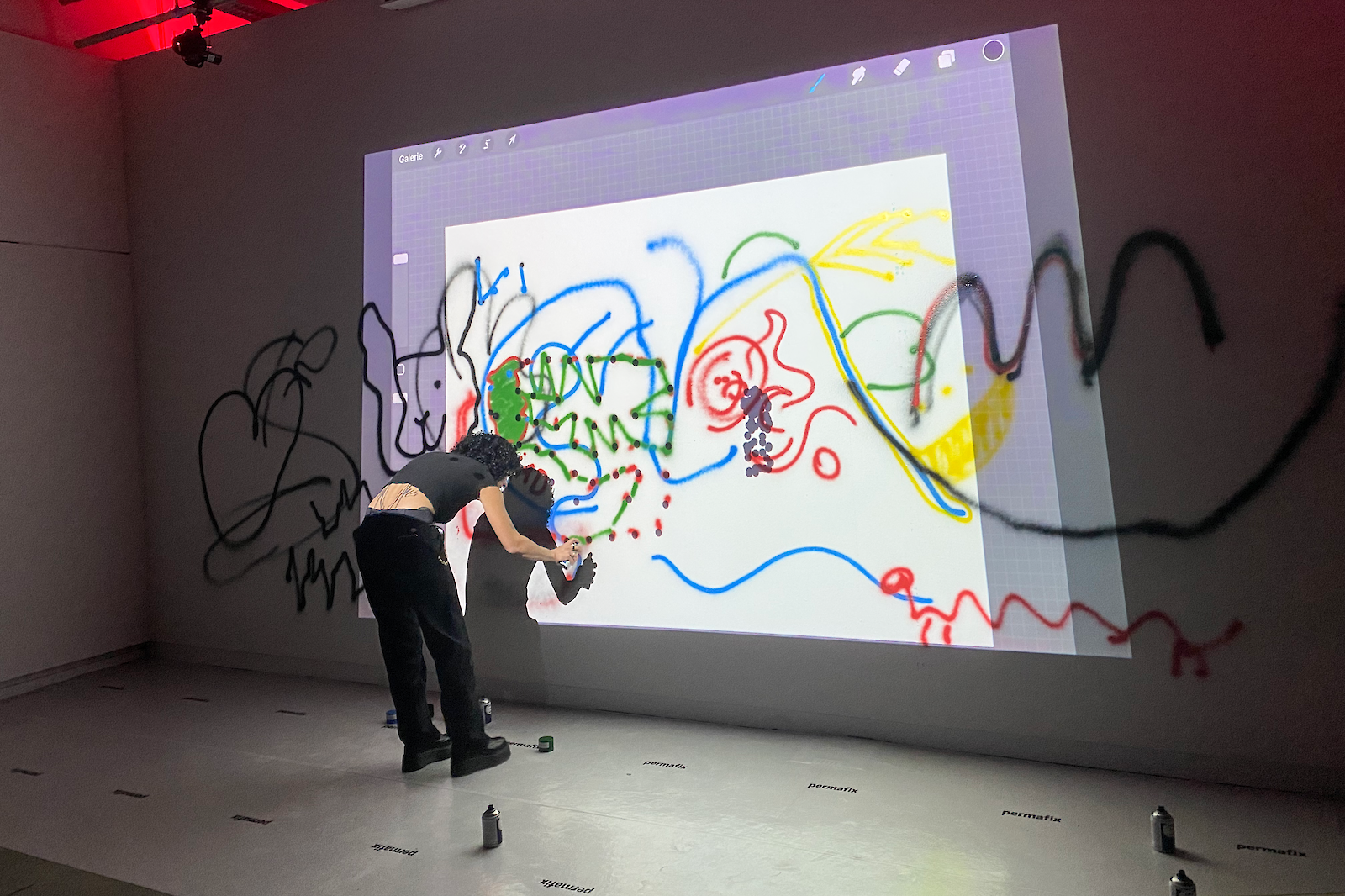Soft Architecture 22: Temporary Spaces
How can temporary spaces be created with existing and limited resources? What materials can we use to achieve this? Which components are necessary to develop certain atmospheres? What happens when we re-enter and play with long abandoned spaces, or want to experience space in a medium other than air?
At the beginning of the module, students undertook an expedition to Pula, Croatia, and together investigated structures (military fortifications, former restricted areas, and administrative buildings) open to them in various states of abandonment and temporary reuse.
The second phase of the module, following the expedition, serves to transfer the experiences made back into the spatial context of the ZHdK. This is done by means of installative realizations, accompanying reflections and adequate process documentations.
Student projects:
MOAVE is a sensory experience exhibition continuative to a sensory perception experiment carried out underwater in Pula, Croatia. Moave means to speak to the visitors different senses and create an opportunity to focus on and be aware of them. Through five different installations dedicated to smell, touch, vision and hearing the visitors of Moave are encouraged to explore their senses in an immersive process. The atmosphere is designed to immerse the visitors into an outerworldly feeling, make them aware of their surroundings and encourage their curiosity.
BUILDING CONTRAST is an interactive installation in two parts: the first part takes place in an abandoned building in Štinjan (Pula), Croatia, by creating a timeless room: empty, clean, and with black walls, with a chair that guides the viewer's eye outside of the window, directing it towards the space's likely future of demolition. The second part inside of the ZHdK Toni Areal included contrast by building an environment that was totally different from the usual Toni space.
UNTITLED shows a stone box covered with glass. On the sides of the box are holes, through which one can touch the stones and pebbles inside the box. When moving or throwing stones, a big echo fills the whole room. Suddenly, the box is the room or the room is the box. Small sounds impact and fill the whole space.
CAPTURING LIGHT is a multi-material, multi-media light installation. For the installation in Pula we used mirrors, to guide sunlight into one of the ammunition storage rooms that remained from the war. At the Toni Areal, artificial light was exclusively used to produce a spatial experience.



